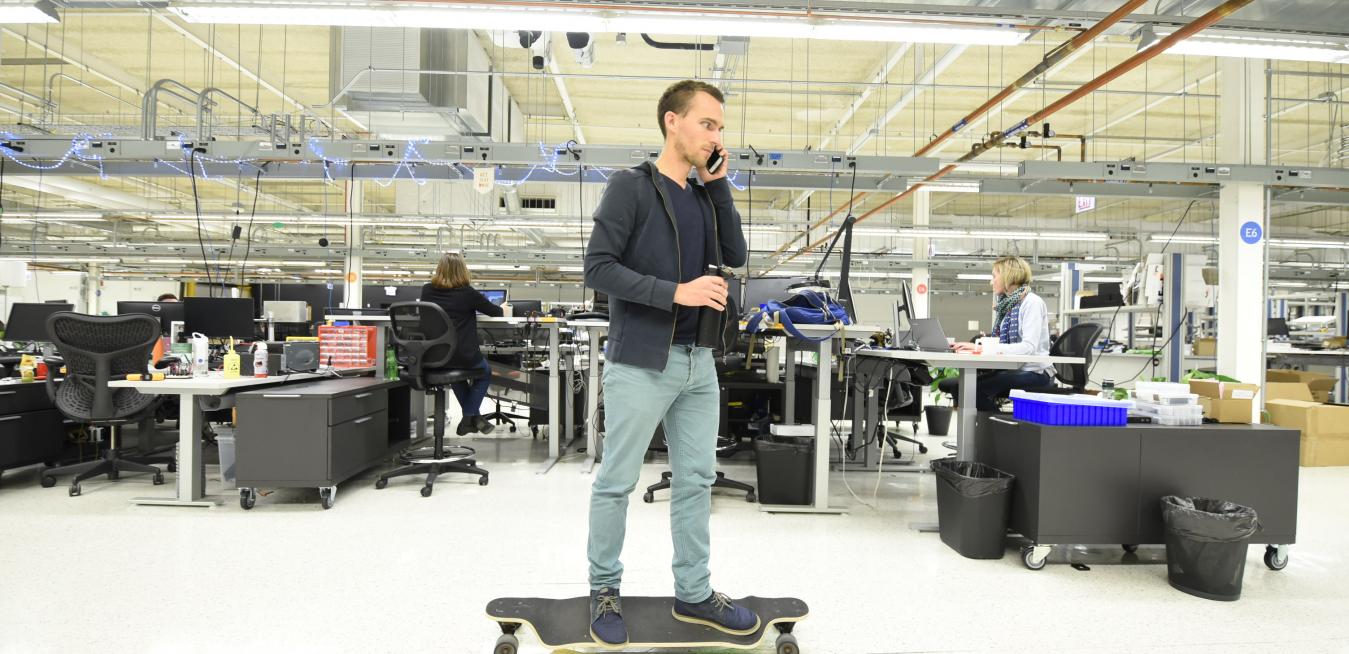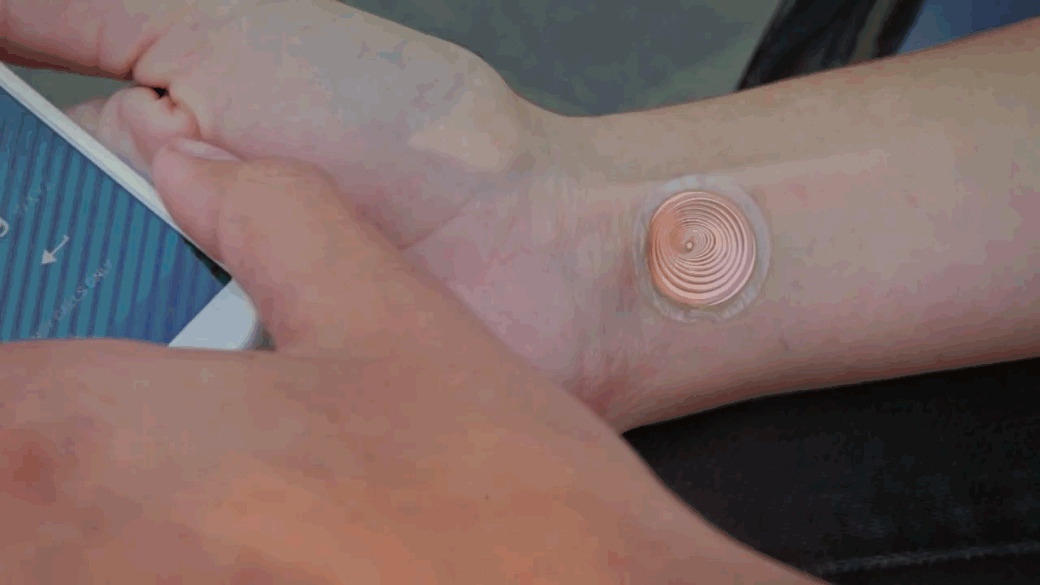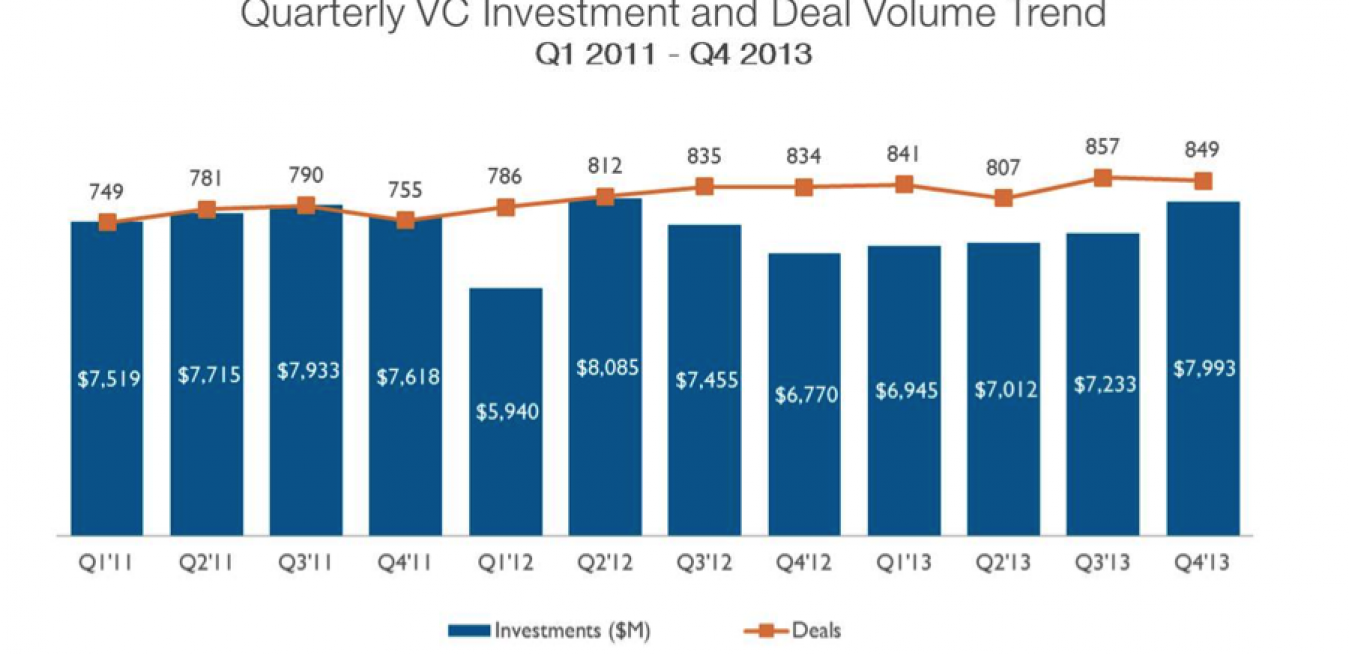Freed from the boundaries of traditional materials, additive manufacturing allows engineers to design more organically, optimizing weight-to-strength ratios with design flexibility. The process also has the benefits of using less material and producing less waste.
×
GE.com has been updated to serve our three go-forward companies.
Please visit these standalone sites for more information









